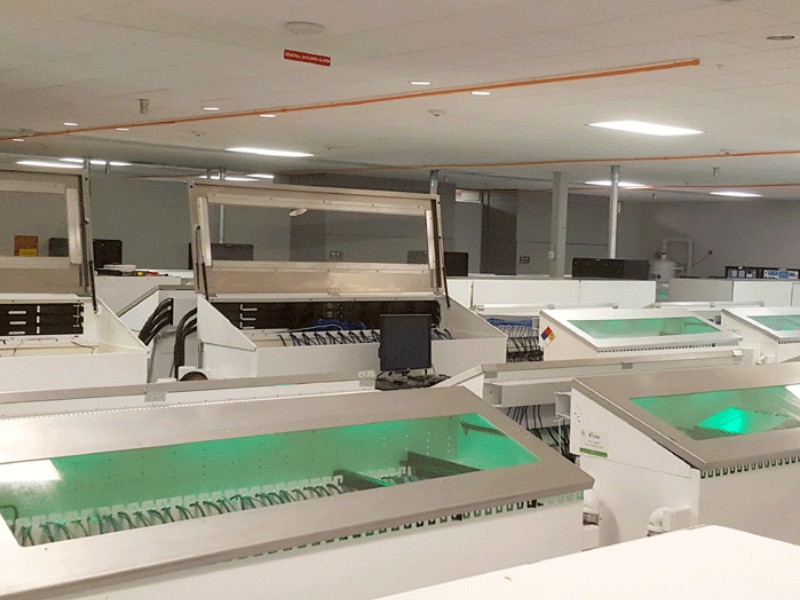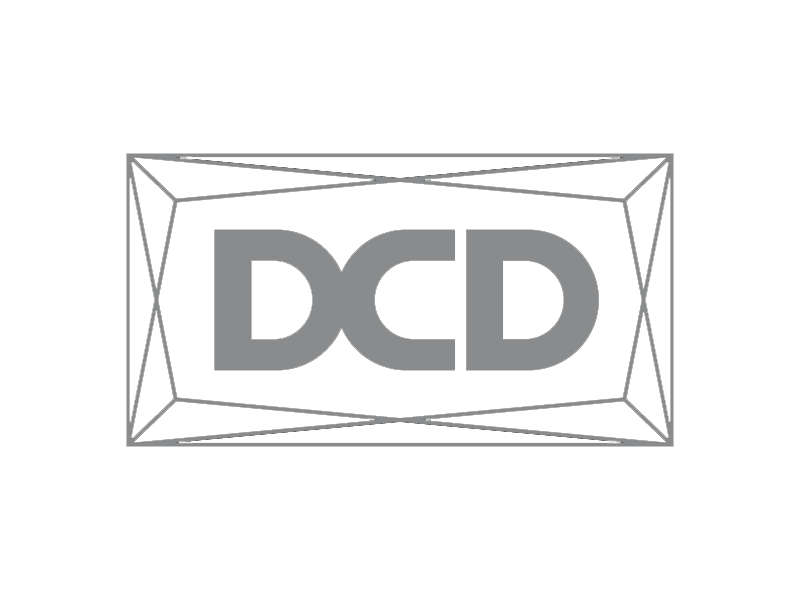Data center operators are evaluating liquid cooling options, as processing-intensive computing applications grow. According to Omdia’s 2022 Data Center Thermal Management Market Analysis, the liquid cooling market revenue will top $3bn by 2026, with a 50.4% CAGR for 2021-2026, as organizations adopt more cloud services, use artificial intelligence (AI) to power advanced analytics and automated decision making, and enable blockchain and cryptocurrency applications.
Currently, data centers support rack power requirements in excess of 20 kilowatts (kW), but the market is headed to 50 kW or more. Newer-generation central processing units (CPUs) and graphics processing units (GPUs) have higher thermal density properties than previous-generation architectures. In addition, server manufacturers are packing more CPUs and GPUs into each rack until to meet accelerating demand for high-performance computing and AI applications.
Air processing is now showing its limits. Air cooling systems simply can’t cool these high-density racks in an efficient, sustainable manner.
As a result, data center operators are investigating their liquid cooling options. Liquid cooling leverages the higher thermal transfer properties of water or other fluids to support efficient and cost-effective cooling of high-density racks and can be up to 3000 times more effective than using air. Long proven for mainframe and gaming applications, liquid cooling is expanding to protect rack-mounted servers in data centers around the world.
Vertiv has created a wide array of resources to help you understand the challenges, opportunities and technical requirements that liquid cooling presents. These resources will help you decide how to apply and scale liquid cooling across your data center footprint.
How fast are we approaching the tipping point for liquid cooled data centers?
Watch this in-depth technical webinar and explore:
- The design requirements of liquid-ready data centers
- Overcoming barriers to market acceptance
- Energy efficiency and sustainability metrics for liquid cooling alternatives
- How the economics of immersion cooling are evolving
Resources
Understanding Liquid Cooling Options and Performance
Data center operators are pursuing one of three paths with liquid cooling. They’re developing liquid-only data centers, future-proofing air-cooled facilities with new infrastructure to support liquid-cooled racks in the future and integrating liquid cooling in current air-cooled facilities that lack the infrastructure to support it. Most will likely choose the latter path, to gain capacity that meets near-term business needs and provides rapid return on investment.
Installing liquid cooling can get complicated. Data center teams will want to work with a partner to consider key issues, including plumbing requirements, cooling distribution, balancing capacity, risk mitigation strategies and heat rejection systems.
Your options for liquid cooling include:
-
Rear-door heat exchangers – Passive or active heat exchangers replace the rear door of the IT equipment rack with a liquid heat exchanger. These systems can be used in conjunction with air-cooling systems to cool environments with mixed rack densities.
-
Direct-to-chip liquid cooling – Direct-to-chip cold plates sit atop the board’s heat-generating components to draw off heat through single-phase cold plates or two-phase evaporation units. These cooling technologies can remove about 70-75% of the heat generated by the equipment in the rack, leaving 25-30% that must be removed by air-cooling systems.
-
Immersion cooling – Single-phase and two-phase immersion cooling systems submerge servers and other components in the rack in a thermally conductive dielectric liquid or fluid, eliminating the need for air cooling. This approach maximizes the thermal transfer properties of liquid and is the most energy-efficient form of liquid cooling on the market.

Liquid Cooling Maintenance Requirements
The biggest obstacle to the growth of liquid cooling to date has been data center operator concerns over the risks associated with moving liquid to the rack. The liquid-cooling systems being deployed today minimize the risk of equipment damage by limiting the volume of fluids being distributed and integrating liquid detection technology in system components and at key locations across the piping system.
When dielectric fluids are used, the risk of equipment damage from leaks is removed, but the high cost of these fluids justifies the inclusion of similar leak detection systems as would be used in water-based systems. The Open Compute Project’s paper, Leak Detection and Integration, is recommended reading for anyone bringing liquid into their data center
Wherever you are on your liquid cooling journey, Vertiv offers solutions and services to help you achieve your business goals and technical requirements.
As a global leader in thermal management, Vertiv brings a holistic approach to liquid cooling. Our solutions are based on years of research and development in collaboration with the Center for Energy-Smart Electronic Systems (ES2) partner universities, The Green Grid and Open Compute Project, and Green Revolution Cooling.
Through these efforts, and our intensive liquid cooling R&D program, Vertiv keeps pace with changing customer requirements. We deliver a portfolio of solutions that support hybrid air- and liquid-cooling, as well as fully liquid-cooled data centers, including:
-
Coolant distribution units (CDUs) and indoor chillers engineered to provide complete infrastructure solutions for data center liquid cooling
-
Active and passive rear-door heat exchangers
-
Innovative and efficient immersion cooling systems
-
Heat rejection systems designed to work with liquid cooling CDUs and chillers
-
Retrofit solutions that enable air cooling equipment to be modified to support liquid cooling
-
Established practices and services for commissioning, startup, and operation of liquid cooling infrastructure










